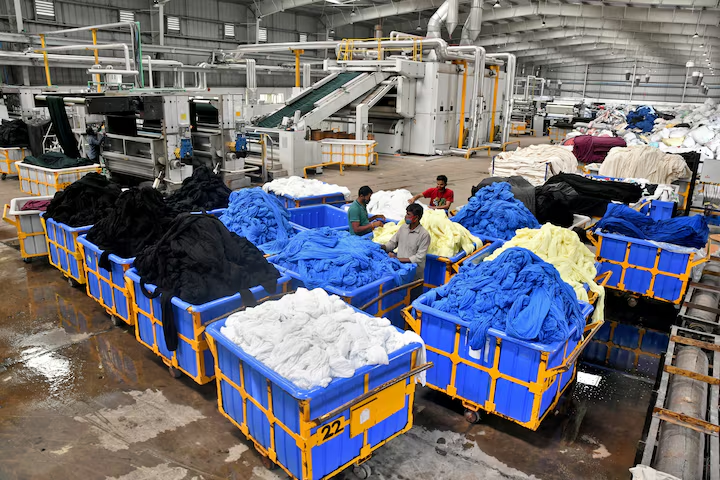India’s unemployment rate for people aged 15 and above was recorded at 5.1% in April 2025, according to newly released data from the Ministry of Statistics and Programme Implementation. This marks the first time the Indian government has published labor statistics on a monthly basis, part of a broader effort to provide more frequent and real-time insights into the country’s employment landscape.
The new data framework replaces the older quarterly and annual reports, which were often criticized for being outdated by the time of release. The April figures show that unemployment was higher in urban areas, at 6.5%, compared to 4.5% in rural regions. This rural-urban divide underscores the ongoing challenges of job creation and labor absorption in India’s rapidly urbanizing economy.
The 5.1% national figure, while official, stands in contrast to data from the private research organization Centre for Monitoring Indian Economy (CMIE), which reported a significantly higher unemployment rate of 7.73% for the same month. Experts have pointed out that the two data sources use different methodologies and sample designs, making direct comparisons problematic. However, the discrepancy continues to fuel debate over the reliability and completeness of India’s official labor statistics.
The government’s move to begin releasing monthly labor force data is intended to address long-standing concerns about the timeliness and accuracy of its employment metrics. Previously, policymakers and analysts often had to rely on outdated figures that did not adequately reflect real-time developments in the labor market, especially during economic shocks or downturns.
This statistical development comes at a time when India is grappling with broader economic headwinds. The country’s GDP growth is expected to moderate to 6.4% in the fiscal year 2024–25, amid weaker manufacturing performance, lower corporate investment, and persistent global uncertainties. While inflation has slightly eased to 5.2%, food prices remain volatile, impacting household budgets and rural demand.
The economic uncertainty is compounded by declining foreign direct investment inflows and a widening trade deficit, although the current account deficit has seen marginal improvement. The government has committed to maintaining the fiscal deficit below 4.9% and aims to reduce the overall debt-to-GDP ratio, but challenges remain as global volatility continues to influence domestic economic dynamics.
In this environment, the introduction of monthly labor force data is seen as a critical step toward enhancing economic transparency and enabling more responsive policy decisions. Economists and investors alike will be closely monitoring the monthly figures to assess the health of the labor market and the effectiveness of government interventions.
The April data offers mixed signals. While the official unemployment rate suggests a relatively stable employment situation, the higher figure reported by CMIE hints at underlying issues such as underemployment, informal sector volatility, and limited job opportunities for young and educated workers. Some analysts warn that the government data may not fully capture the complexities of India’s informal economy, which employs a significant portion of the workforce.
For the Modi government, which is gearing up for key state elections later this year, employment remains a politically sensitive topic. Youth unemployment, in particular, has been a major concern, with surveys showing widespread dissatisfaction over job availability. The government’s decision to release labor data monthly may be partly aimed at demonstrating transparency and responsiveness to public concern.
As India continues to navigate economic challenges and structural transformations, the availability of timely labor data will be instrumental in shaping effective economic and social policies. While the April numbers provide a useful starting point, consistent, high-quality data collection and transparent reporting will be essential for building public trust and crafting sustainable employment strategies in the months ahead.
Source; Reuters



